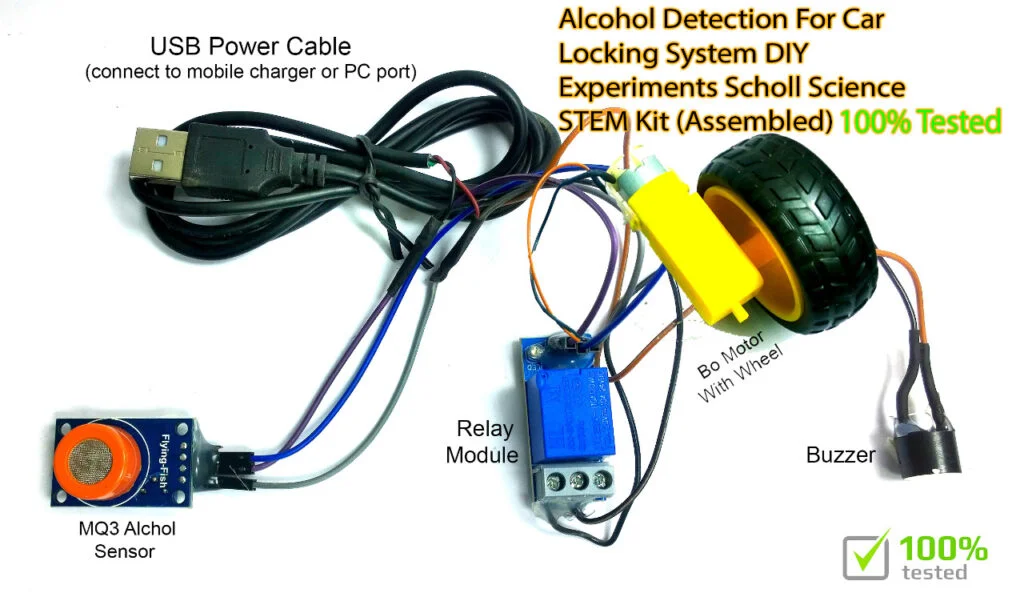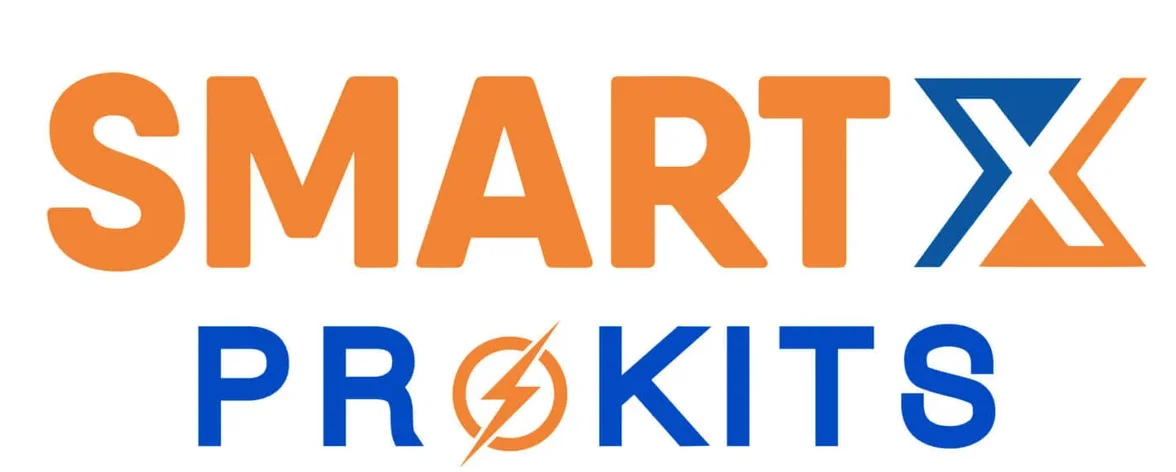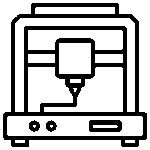Enhancing Road Safety with an Alcohol Detection Car Locking System: A DIY Project for Students and Innovators

In today’s world, road safety is a top priority. With millions of accidents occurring every year due to drunk driving, it’s crucial to find solutions that can help reduce the risks associated with alcohol consumption behind the wheel. That’s where the Alcohol Detection for Car Locking System DIY Project comes in—an innovative way to integrate technology with automobile safety.
This project uses the MQ3 Alcohol Sensor, a device that detects alcohol vapor from a driver’s breath and works with a vehicle’s ignition system to lock operation if intoxication is detected. By monitoring alcohol concentration in the air, the system can prevent the vehicle from starting when alcohol is detected, offering an additional layer of protection against drunk driving.
Key Features:
- Accurate Alcohol Detection: The MQ3 sensor offers precise detection of alcohol molecules in the air, ensuring that the system responds promptly.
- Easy-to-Use Components: The kit includes a simple circuit design with IC 7805 for a stable 5V DC power supply, making it perfect for DIY enthusiasts, students, and educators.
- Instant Alerts: The integrated buzzer and LED outputs immediately notify users when alcohol is detected, ensuring a quick response.
This system isn’t just an educational tool; it’s a practical solution for vehicle safety. Schools, STEM educators, hobbyists, and even automotive companies can benefit from learning how to build and implement this project.
Applications:
- STEM education and science projects
- Vehicle safety enhancement against drunk driving
- DIY electronics and automation experiments
Why Choose This Kit? The Alcohol Detection Car Locking System is fully assembled, 100% tested, and ready for immediate use. It comes with detailed documentation, circuit diagrams, and PCB layouts, making it ideal for learners who want hands-on experience with electronics and automation.
Explore more about this innovative system and see how it can transform both safety practices and educational experiences.




















